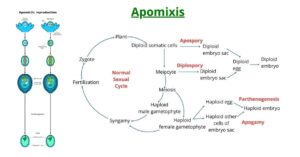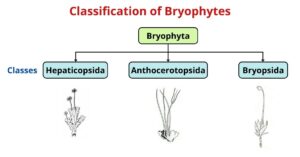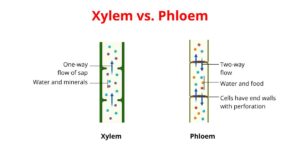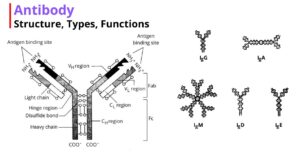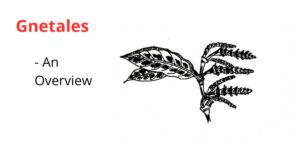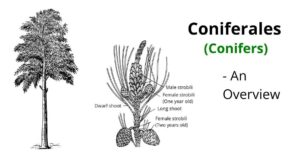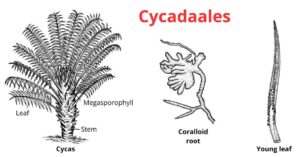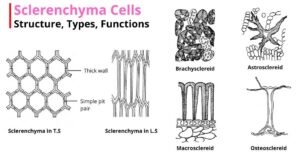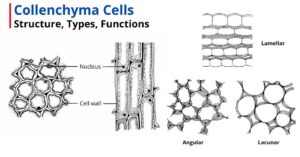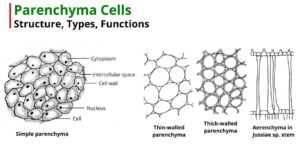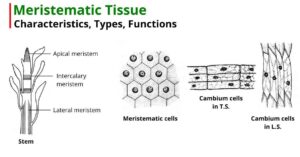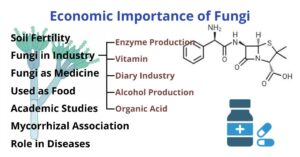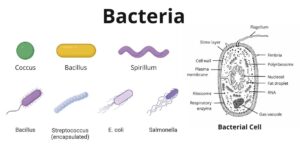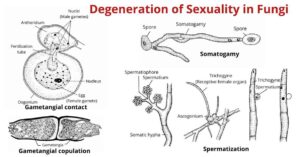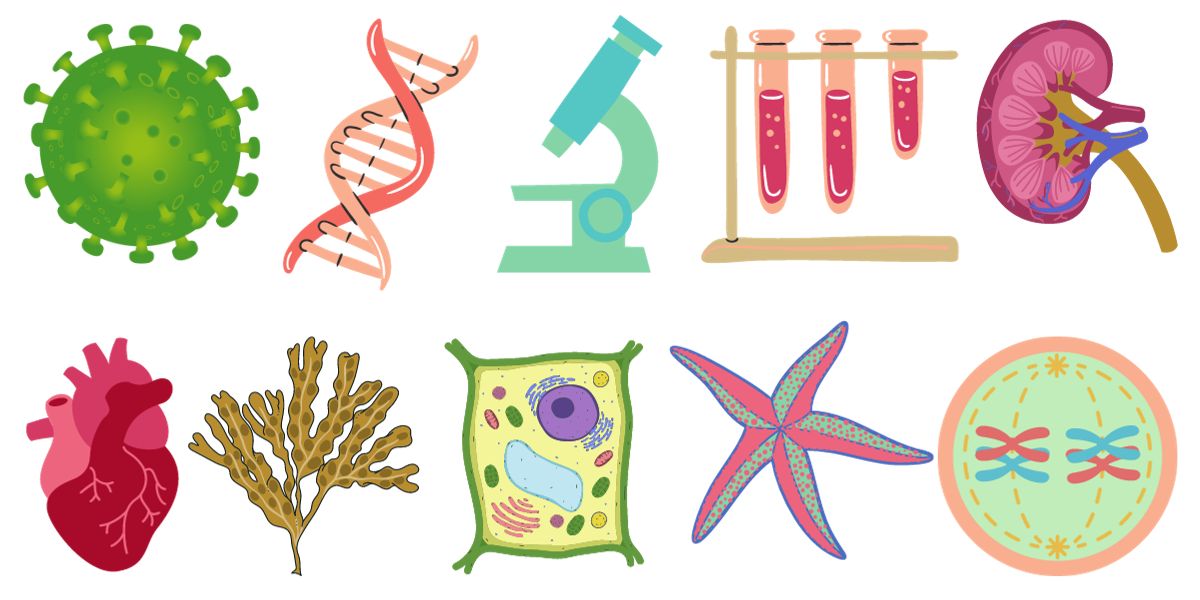
Biology Learner is an educational website about biology with different branches of biology. Our mission is to help students, especially during exam times. Here, we provide various types of biology-related articles, lectures, notes, and question-answers that are beneficial for studying various biology courses at the high school, undergraduate, postgraduate, and Ph.D. levels.
Latest Notes
- Batrachospermum (Frog Spawn)- Features, Structure, Reproduction & Life Cycle
- Apomixis in Plants
- Classification of Bryophytes with Examples
- Cell Structure of Cyanobacteria
- Xylem vs. Phloem: 15 Major Key Differences, Examples
- Antibody: Structure, Types, Functions
- Antigen: Properties, Structure, Types, Examples
- Gnetales: An Overview
- Coniferales: An Overview
- Ginkgoales: An Overview
- Cycadales: An Overview
- Sclerenchyma Cells: Structure, Types, Functions
- Collenchyma Cells: Structure, Types, Functions
- Parenchyma Cells: Structure, Types, Functions
- Meristematic Tissue: Characteristics, Types, Functions
- Economic Importance of Fungi
- Economic Importance of Bacteria
- Pteridospermales (Cycadofilicales): An Overview
- Bennettitales (Cycadeoidales): An Overview
- Degeneration of Sexuality in Fungi


